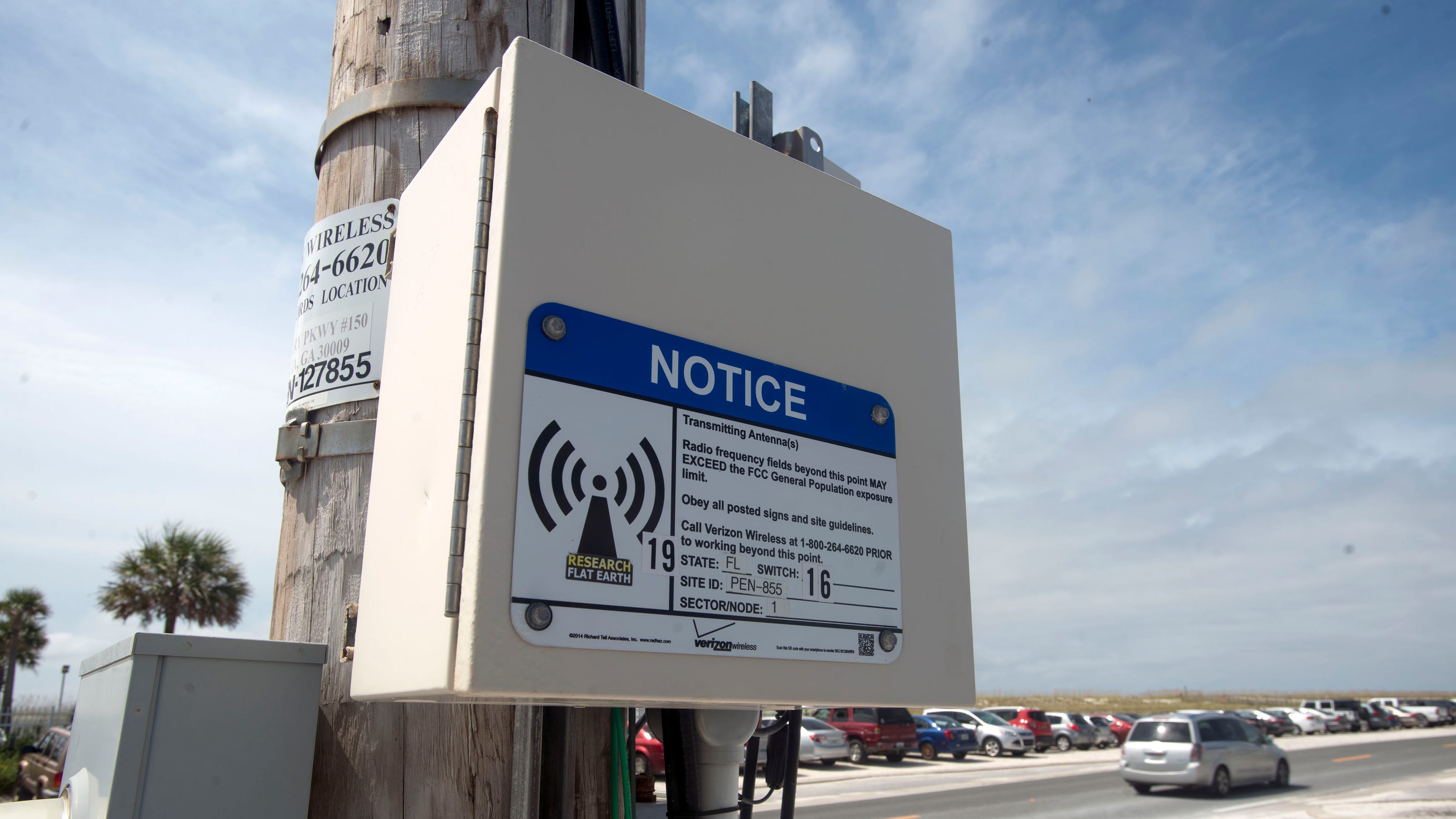Small, miniature 5G mobile towers are mounted on lampposts, and you could have seen them in your travels about towns. These may well appear like ordinary small boxes, although what they're actually doing is glowing wireless signals from cellular carriers to your phone.
You can find out more are gradually replacing the bigger, considerably more permanent mobile phone antennas. They are not as much obvious, yet these people may still make issues for persons.
Regulations for Safe Radiation Levels coming from the Federal Communications Commission
The Federal Communications Commission's (FCC's) Radiation Exposure Thresholds outline the ideal allowed proximity between some sort of person and wireless devices before encountering adverse health results. The exposure limitations are based upon research showing of which prolonged experience of RF radiation is poor for people.
The quantity of radiofrequency energy soaked up by tissue is expressed as the specific absorption rate (SAR). On normal, one gram regarding tissue absorbs 1. 6 watts for every kilogram.
Yet, safe distance from cell tower has the probability of induce increased energy intensity on the skin and additional immediately exposed human body parts due to its higher transmitting frequencies. This has typically the potential to produce a broad variety regarding unwanted side effects, including speeding the progression of skin illnesses which include dermatitis, skin tumor, and cataracts.
With regard to all 5G solutions operating at 3 thousands GHz, PSU has imposed an over-all localized power density constraint of 4 mW/cm2 averaged over a single cm2 but not in order to exceed half an hour within light of the possibly severe consequences of 5g light. This regional max agrees with the peak spatial-average SAR determined across 1 g of tissue from 6 GHz, which is 1. 6 W/kg.
Tolerance Restrictions Set By Typically the Federal Communications Commission rate
As anybody that has used a mobile phone knows, you need to be able to be at least 400 meters apart from the tower to avoid disturbance. safe distance from cell tower being, some sort of cell tower's signal strength drastically boosts with distance.
This may look like a smart plan, yet there is several evidence to advise that people who reside in close neighbourhood to towers might be at a better risk for creating health issues. For instance, one research executed in 2014 in India indicated that locals living in 50 meters regarding mobile towers got much higher health and fitness issues than those located farther away.
In contrast, the analysis found that someones symptoms returned to be able to normal in just a several days after getting off the cell systems. Researchers have shown that brain growths and cancer might develop in mice encountered with high degrees of radiofrequency electromagnetic fields (EMFs).
This is because radiofrequency (RF) radiation, which in turn is utilized for wireless communication, may pass through the exterior layer of human skin. The epidermis serves as the barrier against physical damage, infection by simply pathogenic microbes, as well as the admission of harmful chemicals, thus understanding this is important. Furthermore, it's typically the biggest organ in the body and even it protects typically the rest of typically the body's systems.
Least Exposure Limits Established by the FCC
Many unfounded presumptions underpin the FCC's Minimum Exposure Thresholds. A common misconception is the fact that brief exposures to radiofrequency (RF) radiation pose zero health hazards owing in order to the low power at which that is absorbed simply by the human human body (i. e., cells heating).

The assumption also discounts typically the impact of pulsed RF waves and even the deeper strong ELF components of modulated RF alerts. Health protection exposure levels should not really be based in these assumptions due to the fact they are not in accordance using current knowledge of the particular biological effects of RF radiation.
Peak spatial specific absorption rate (psSAR) is definitely a not enough dosimetric tool for evaluating the degree of publicity to RF rays, and yet typically the ICNIRP and FCC are confining their own maximum exposure limits to local maximum SARs. When working with frequencies above 6 GHz, psSAR in particular suffers from inaccuracy. Co-exposure in order to RF radiation as well as other environmental factors, for instance sunshine, has likewise not been analyzed for psSAR. Presently there is some argument about regardless of whether RF radiation's interactions along with other environmental agents will have counteracting or enhancing outcomes. The opportunity of harm to be able to one's health would likely grow as a consequence. Co-exposure to RF the radiation and sunshine, for instance, may boost the risk of pores and skin cancer and aggravate other skin problems like acne.
